Heavenly Blue Volunteers?
whitevenetino
18 years ago
Related Stories

BLUEMy Blue Heaven: New Reasons to Love the Color of Sea and Sky
Derived from gems, worn by royalty and loved the world over, blue has a past as deep as the midnight sky
Full Story
SHOP HOUZZHouzz Products: Create a Cat Heaven at Home
Show kitty you care and keep your style too with fun and cozy cat beds, perches, trees and decor
Full Story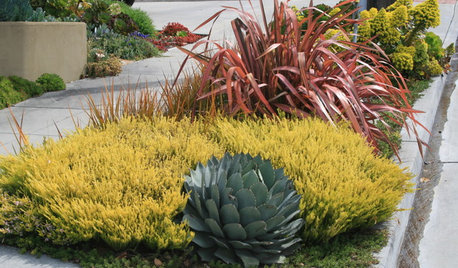
FOLIAGEGreat Design Plant: Golden Breath of Heaven
Aromatic foliage as soft as an angel's wing makes this plant a blessing in any garden, but it's the vivid chartreuse color that's divine
Full Story
PHOTO FLIP80 Stairways to Design Heaven
Step on up and peruse this collection of spectacularly stylish staircases
Full Story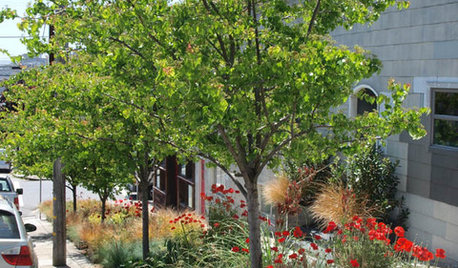
CURB APPEALTake Your Hell Strip to Heavenly Heights: 8 Design Ideas
Trade weedy dirt and trash for a parking strip filled with wispy grasses, low-growing flowers and textural trees
Full Story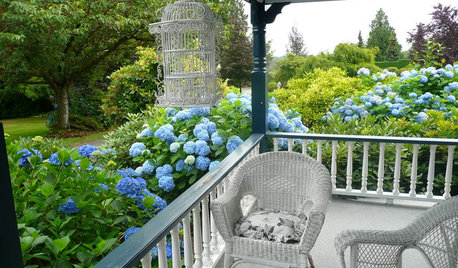
GARDENING GUIDESSummer Gardens Sing With Blues
When hot weather hits, bursts of blue keep the garden palette cool and calm
Full Story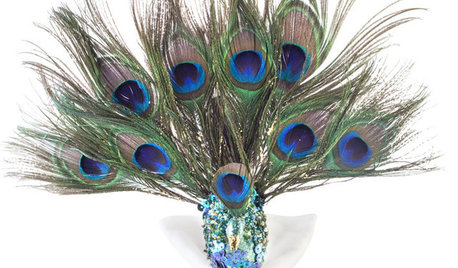
PRODUCT PICKSGuest Picks: Brilliant Blue
Navy, Turquoise and Indigo Make a Splash in Cool-Hued Pieces for the Home
Full Story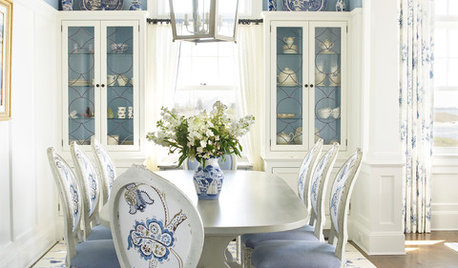
DECORATING GUIDESRoom of the Day: A Dreamy Dining Room in the Hamptons
Tradition gets a pleasing new twist with mixed patterns, pulled together by soft blue and heavenly white
Full Story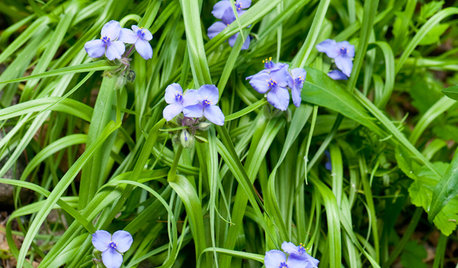
GARDENING GUIDESGreat Design Plant: Tradescantia Ohiensis Adds Shades of Blue
This reliable, adaptable U.S. native provides spider-like foliage and clusters of blue to purple flowers in Eastern gardens each spring
Full Story
DECORATING GUIDESColor Guide: How to Use Light Blue
Whether you call it powder, sky or baby blue, this ultratraditional color lends fresh-faced appeal
Full StorySponsored
More Discussions






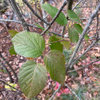
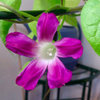
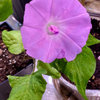
ron_convolvulaceae
jenny_in_se_pa
Related Professionals
Bellflower Landscape Architects & Landscape Designers · South Elgin Landscape Architects & Landscape Designers · Wixom Landscape Architects & Landscape Designers · Arlington Landscape Contractors · Annandale Landscape Contractors · Burlington Landscape Contractors · Fort Mill Landscape Contractors · Morrisville Landscape Contractors · Muttontown Landscape Contractors · Riverview Landscape Contractors · Selden Landscape Contractors · West Haverstraw Landscape Contractors · Silver Firs Landscape Contractors · Goldenrod Landscape Contractors · Finneytown Stone, Pavers & ConcretewhitevenetinoOriginal Author
jenny_in_se_pa
whitevenetinoOriginal Author
babywatson
jenny_in_se_pa
zinniamama
ron_convolvulaceae
jenny_in_se_pa
ron_convolvulaceae
jenny_in_se_pa
ron_convolvulaceae
jenny_in_se_pa
ron_convolvulaceae
jenny_in_se_pa
ron_convolvulaceae
jenny_in_se_pa
vinelover
jenny_in_se_pa
vinelover
whitevenetinoOriginal Author
ron_convolvulaceae
whitevenetinoOriginal Author
jenny_in_se_pa
jenny_in_se_pa
gardeniarose
ron_convolvulaceae
gardeniarose
gardeniarose
jenny_in_se_pa